Chairman of Cam Lo District People's Committee Tran Anh Tuan introduced the Temple of King Ham Nghi and Can Vuong generals to Dr. Amandine Dabat, descendant of King Ham Nghi, and the working delegation - Photo: NTH
Scholar Le Quy Don, when he was the Hiep Tran official of Thuan Hoa in 1776, recorded the important geopolitical role of Cam Lo land in Phu Bien Tap Luc: "Cam Lo commune, Dang Xuong district, is located in the upper reaches of Dieu Ngao river, below connecting with Cua Viet, above bordering Sai source of Ai Lao land, the roads of the Man people all come from here; in the distance, Lac Hoan country, Van Tuong country, Tran Ninh prefecture, Quy Hop district; the Lao tribes all have roads from here, very important...".
Indeed. Before the Communist Party of Vietnam was born to lead the Vietnamese revolutionary movement, in the late 19th and early 20th centuries, Cam Lo was a gathering place, where patriotic movements were initiated. To prepare for a long-term resistance war against the French colonialists, the Nguyen Dynasty built Tan So Mountain House in the semi-mountainous land of Cam Chinh commune, Cam Lo district from 1883 to early 1885.
After the mutiny that led to the fall of the capital Hue , on July 13, 1885, at Tan So citadel, King Ham Nghi issued the Can Vuong Edict calling on scholars, literati and people across the country to rise up in resistance to protect their homeland and country. The Can Vuong movement developed and spread, becoming a system of armed uprisings responding to the Can Vuong Edict throughout the country, lasting from 1885 to 1896.
When King Ham Nghi was captured by the French and exiled to Algeria in 1888, many patriotic scholars chose to stay in Nha Tam Tan Tuong, Cam Thanh commune, Cam Lo district, to grow mulberry and raise silkworms to hide from the enemy and build a revolutionary movement.
It was at Nha Tam Tan Tuong that one of the first three Communist Party cells of Quang Tri province was born, and it was also the place where the Quang Tri Provincial Party Committee was officially established in November 1930 to lead the local revolutionary movement from one victory to another.
After two resistance wars against the French colonialists and the American imperialists, Cam Lo land with its strategic position on the North-South and East-West corridors through Highway 9 across Indochina became a fierce battlefield. Famous places such as: Hill 241 (Carol), Dau Mau, Fuler, Dong Toan, Ba Ho... are associated with the heroic feats of Cam Lo's army and people and the main units of the liberation army, making the enemy terrified.
Cam Chinh and Cam Nghia communes in Cua area, Cam Lo district, which have a rich revolutionary tradition, were chosen by the Quang Tri Provincial Party Committee to lead the Dong Khoi movement in July 1964 with a spirit of heaven and earth shaking, destroying evil, breaking the shackles, gaining quick victory, and taking power into the hands of the people.
The Cua Uprising movement spread throughout the province, creating momentum and strength for the army and people of Cam Lo in particular and the army and people of Quang Tri province in general to coordinate with the main force to attack strongly on all fronts, smashing the enemy's strong defensive strongholds, completely liberating Quang Tri province on May 1, 1972.
Dr. Amandine Dabat (7th from left), a descendant of King Ham Nghi in France, visited and took souvenir photos at the Temple of King Ham Nghi and Can Vuong generals, Cam Chinh commune, Cam Lo district - Photo: NTH
After Quang Tri province - the first province of South Vietnam was liberated, in early 1973, Cam Lo district was honored to be chosen as the capital of the Government of the National Liberation Front of South Vietnam - a symbol of the aspiration for peace, the struggle to completely liberate the South, and unify the country. During the two years 1973-1975, the Government of the National Liberation Front of South Vietnam welcomed 49 international delegations and ambassadors from various countries to present their credentials; especially the event of welcoming Cuban leader Fidel Castro, General Secretary of the French Communist Party Goerges Marchais... to visit the liberated area of Quang Tri, affirming the belief in the loyalty and steadfastness to the Party and the revolution of the land and people of Cam Lo.
With the tradition of patriotism and steadfast revolutionary struggle, the Party Committee, army and people of Quang Tri province in general and Cam Lo district in particular protected the activities of the Government of the Democratic Republic of South Vietnam in absolute safety; at the same time, actively participated in foreign affairs activities, organized a mass rally to launch the Headquarters of the Government of the Democratic Republic of South Vietnam on June 6, 1973, with the attendance of delegates from friendly countries from all five continents.
After 1975, the country was unified, the Government of the Revolutionary Liberation Front of South Vietnam completed its historical mission. The relic site of the Headquarters of the Government of the Revolutionary Liberation Front of South Vietnam was preserved, embellished and promoted by the Party Committee, government and people of Cam Lo district to pass on the passionate flame of patriotism to future generations, arousing pride and aspiration to contribute to building a prosperous and beautiful homeland worthy of the revolutionary tradition of previous generations.
Today, the special historical value and heroic tradition of the land that was twice honored to be chosen as the "Capital of Resistance" of the nation, tempered through revolutionary movements, have become a great resource and motivation for the Party Committee, government and people of Cam Lo to continue to build and develop their homeland after the day of peace into the first district of the province to meet the standards of a new rural district, a model new rural district in the direction of high value-added agriculture associated with a bright-green-clean-beautiful environmental landscape, becoming a livable countryside.
Former Vice President, former Minister of Foreign Affairs of the Government of the Democratic Republic of Vietnam Nguyen Thi Binh once affirmed: "Years and the sands of time can blur the footprints of those who made history, but the sacred values of human history for the independence and freedom of the nation will forever last with humanity". The sacred values of history are the solid foundation for the land and people of Cam Lo to move towards prosperity and happiness...
Thanh Hai
Source: https://baoquangtri.vn/cam-lo-noi-luu-giu-nhung-gia-tri-lich-su-193373.htm


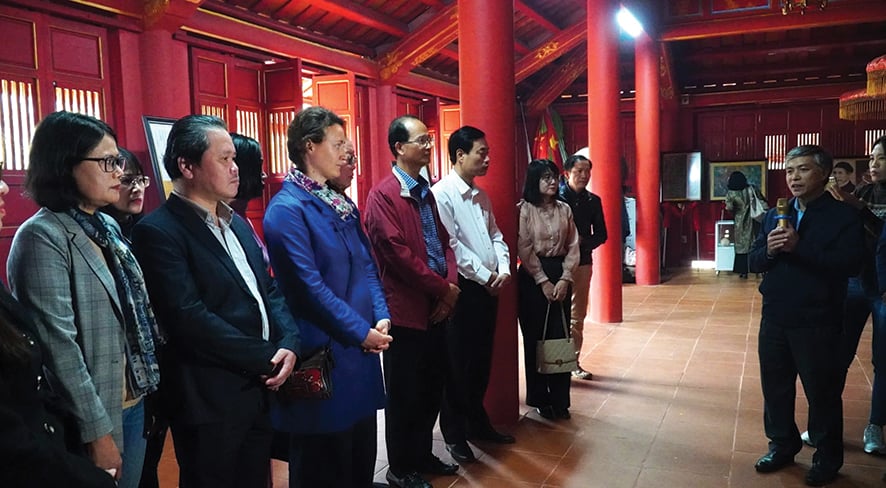
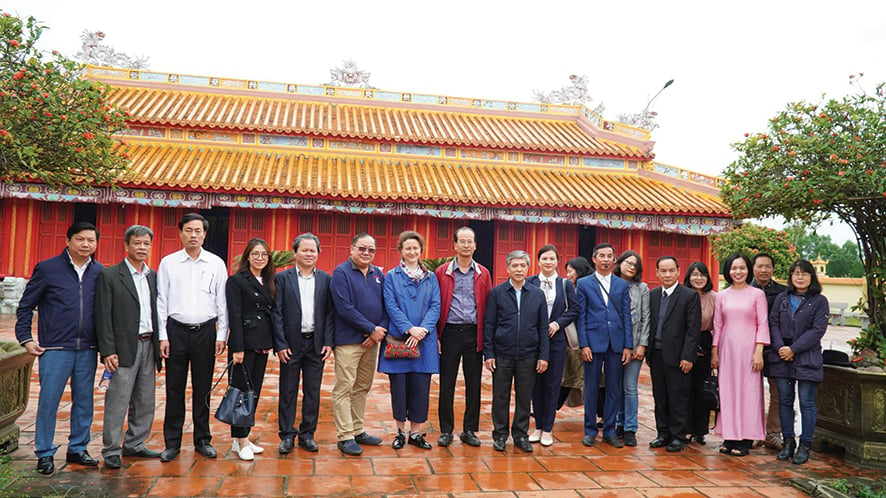
![[Photo] President Luong Cuong holds talks with Hungarian President Sulyok Tamás](https://vphoto.vietnam.vn/thumb/1200x675/vietnam/resource/IMAGE/2025/5/28/0f603676be6444aa9f52d4bd32582b4d)
![[Photo] Hungarian President begins official visit to Vietnam](https://vphoto.vietnam.vn/thumb/1200x675/vietnam/resource/IMAGE/2025/5/27/ab75a654c6934572a4f1a566ac63ce82)

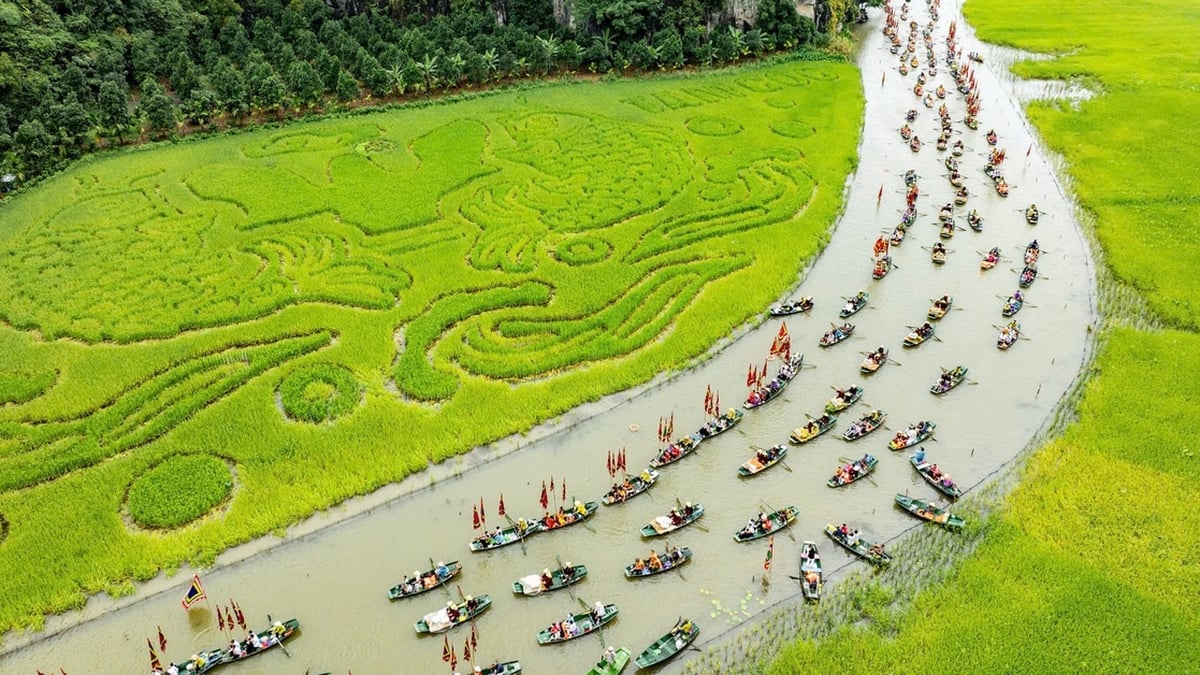
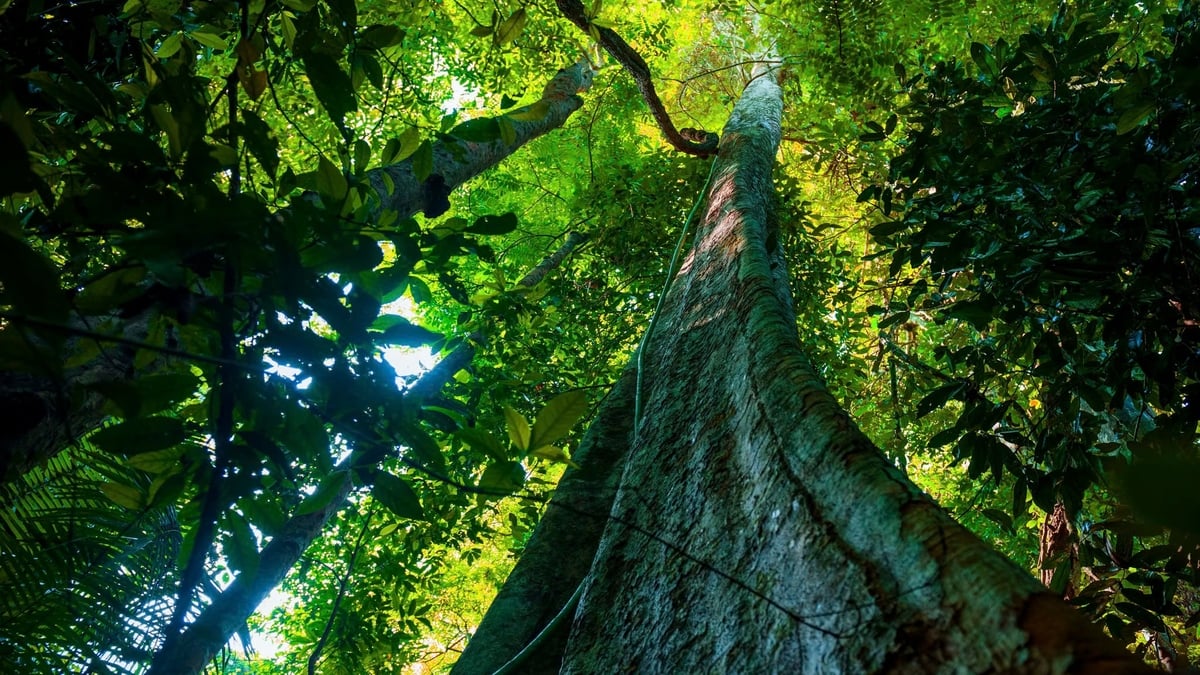
![[Photo] Hungarian President and his wife take a walk and enjoy the view of Hoan Kiem Lake](https://vphoto.vietnam.vn/thumb/1200x675/vietnam/resource/IMAGE/2025/5/28/b9c83fbe6d5849a4805f986af8d33f39)


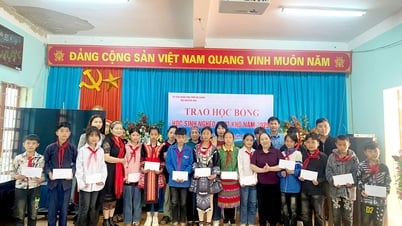


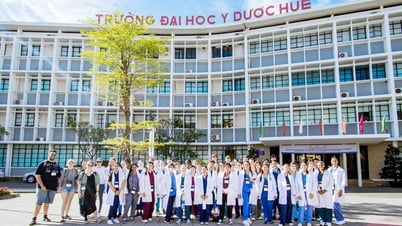

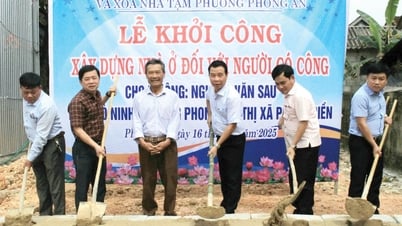




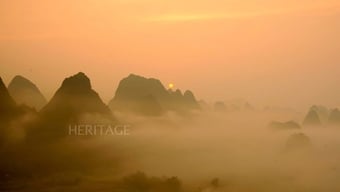

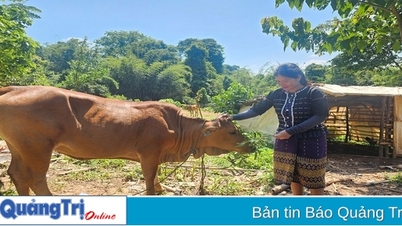
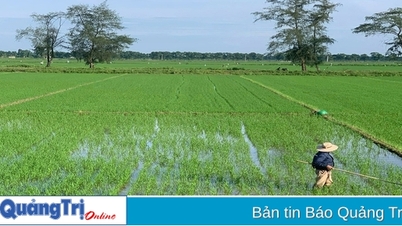
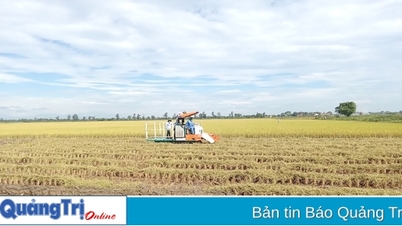


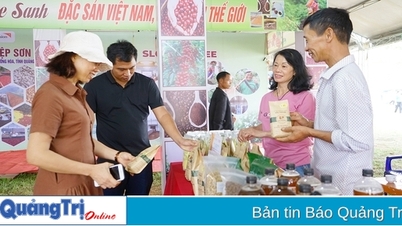

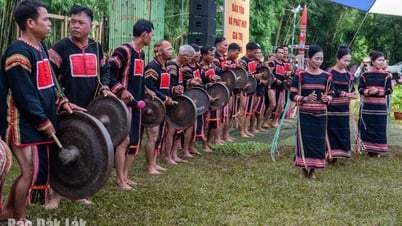

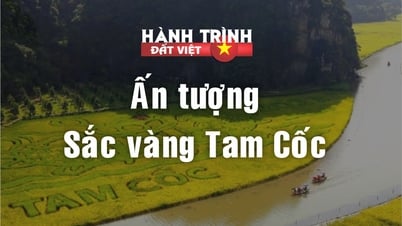



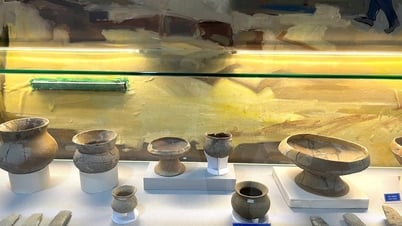



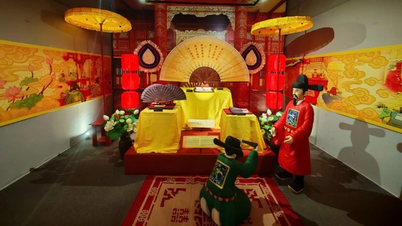

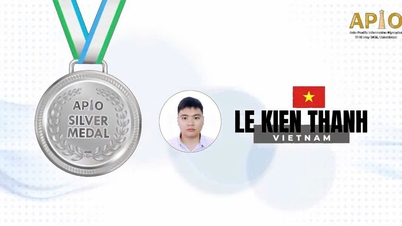

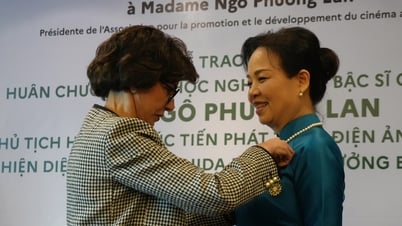

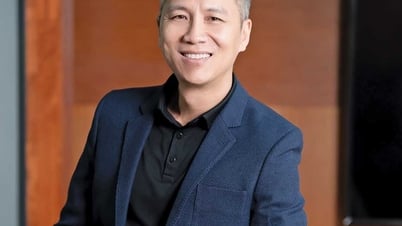


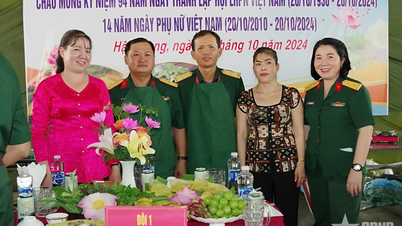

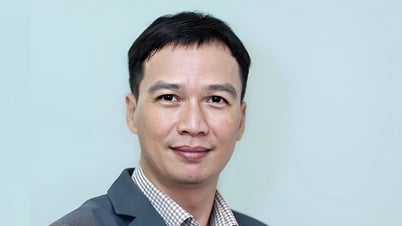

![[Case Study] VIMC – 30-year journey of overcoming waves and reaching far](https://vphoto.vietnam.vn/thumb/402x226/vietnam/resource/IMAGE/2025/5/28/ac45a93a62884eec85471e6c89ef521a)

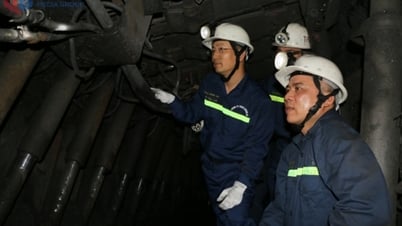


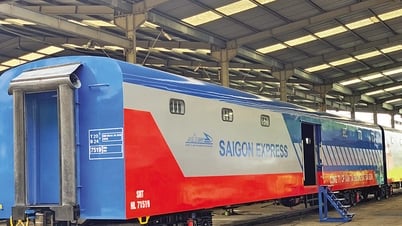
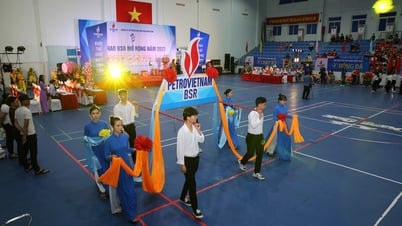
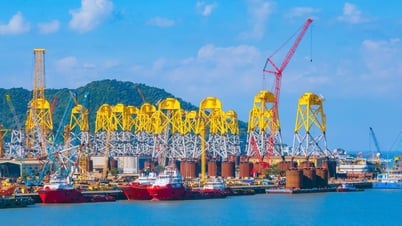
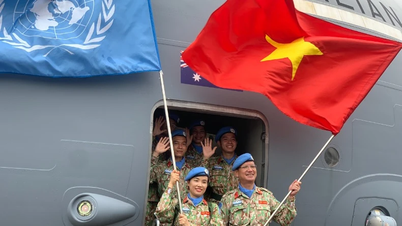
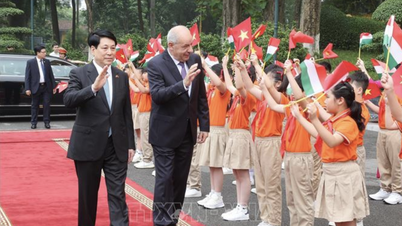

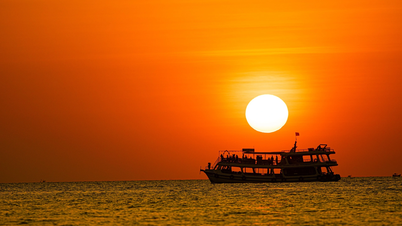
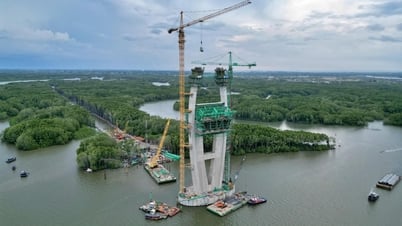


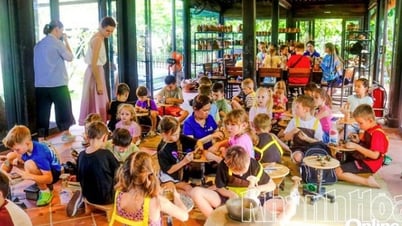

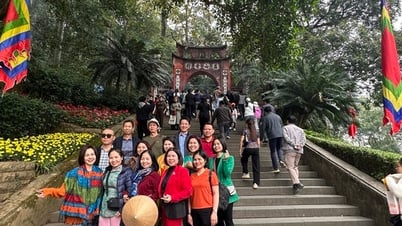

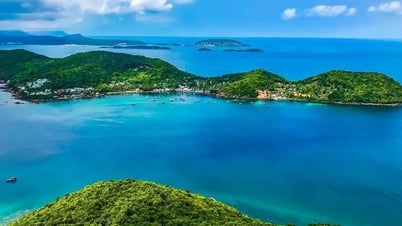
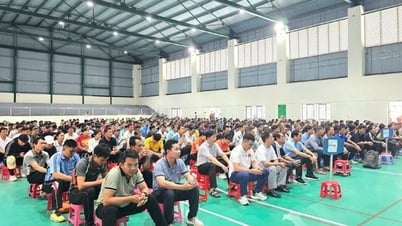

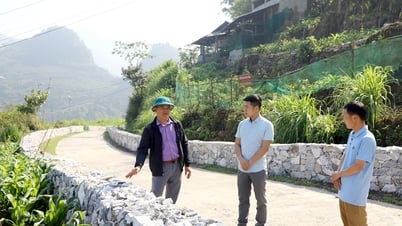
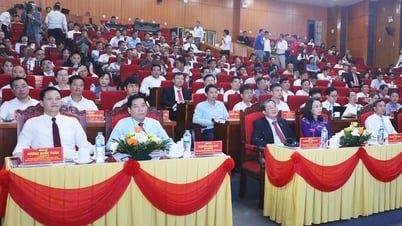

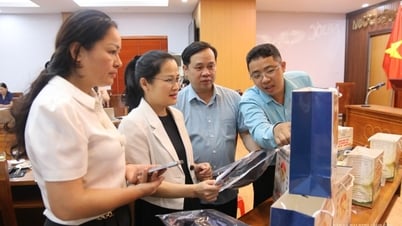

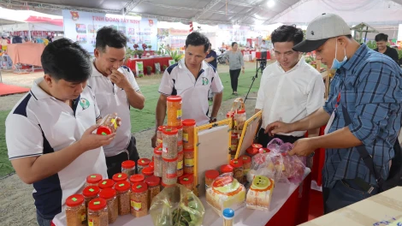

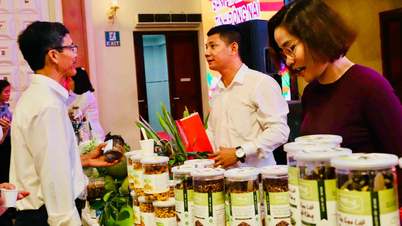

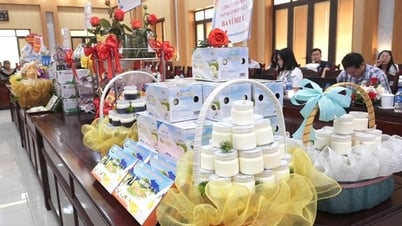



Comment (0)